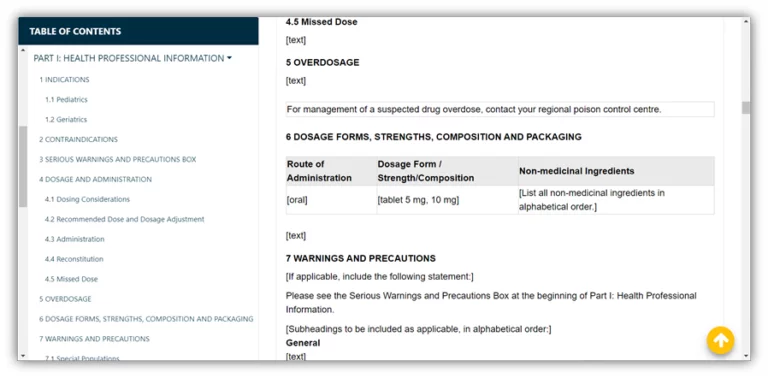Natural health products (NHPs) include any substance or combination of substances including plants, plant materials, algae, bacteria, fungi, non-human animal material, their extracts, isolates, synthetic duplicates, vitamins, amino acids, essential fatty acids and their synthetic duplicates or minerals and probiotics that are either to diagnose, treat, mitigate a disease, disorder, abnormal physical state /its symptoms or restore, correct or modify organic functions in humans. According to Consumer Health Products (CHP) Canada, NHPs are lagging behind global markets like the US and EU in attracting R&D investments for innovative growth. Why is this happening and how can the regulatory professional enhance the company’s portfolio?
Currently, NHPs do not share the privileges of prescription drugs such as patent rights, higher pricing and reimbursement through formulary listing or prescription status through inclusion in national drug schedules like schedule 1 (that mandates a physician’s prescription) and schedule 2 (which requires a pharmacist’s prescription). Today, only those NHPs formerly included in the national drug schedules still possess inclusion status, but this too is just an interim measure. Prices for NHPs are dictated by consumer choice and market competition and are significantly lower than prices for prescription drugs. Manufacturers cannot price NHPs with margins sufficient to allow for funding of strong R&D investments. Also, according to CHP Canada, the absence of market exclusivity in the face of competition poses a barrier to R&D investments vital for innovative growth.
Regulatory strategic expertise can significantly contribute toward the business development plans of manufacturers, even to the identification of new NHP markets. By justifying the addition of novel serious debilitating / life threatening diseases and major conditions to current indications, regulatory professionals allow NHPs to encroach into traditionally perceived prescription drug territory. This is implied in Health Canada’s draft guideline of April 2012. For example, a quick search of Health Canada’s licensed NHP database reveals no product with the novel indications permitted in the guideline, such as the treatment of prostate cancer or cerebrovascular disease. According to the American Cancer Society, evidence is available that supports the use of flax seed for prostate cancer, but this needs further clinical research. Having experience with clinical trial applications and Health Canada’s risk based approach to product market authorizations, regulatory professionals can aid manufacturers by evaluating available studies and suggesting clinical study designs, safety and efficacy endpoints that would allow for additional meaningful evidence. NHPs with positive clinical evidence for these indications would appeal to mass consumer demand.
Regulatory expertise also enables manufacturers to achieve their business objectives. NHP innovators desiring prescription drug status, formulary listing and patent benefits can seek regulatory counsel on the potential for a New Drug Submission (NDS) with a drug-NHP combination. Regulatory professionals may also assist manufacturers with key market positioning. For instance, different drug-NHP combinations may be evaluated to find the one with the least possible drug-NHP adverse interactions.
Thus, inclusion of regulatory professionals in business development will result in outcomes that are economically viable and have a greater propensity to succeed.


